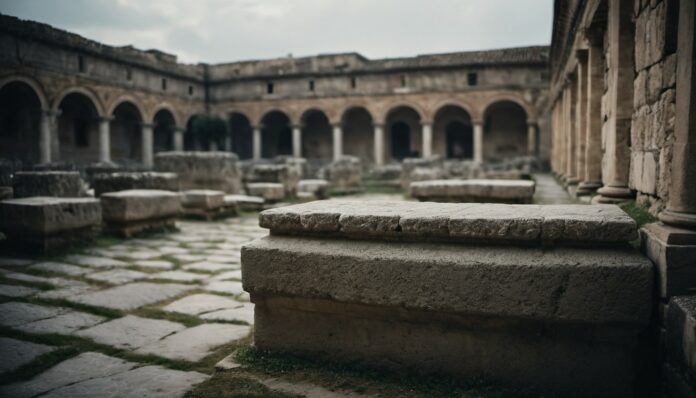Many structures from the Ancient Roman era have survived, thanks in part to the strength of their concrete. The Romans made their concrete by mixing quicklime with volcanic ash at high temperatures, mainly sourced from the area around Mount Vesuvius. The resulting concrete was not completely uniform, leaving chunks of lime within the mixture, which was initially seen as a flaw in their technique.
However, recent research has shown that these lime fragments actually contributed to the material’s self-healing properties. When water entered a crack in the concrete, it reacted with the lime, forming a calcium-rich solution that would gradually harden and fill the crack. Modern concrete does not possess these self-healing properties.
Additionally, the volcanic ash used in Roman concrete played a crucial role in its durability. The ash contained a mix of silicates and aluminates that helped form strong, heat-resistant compounds when combined with the lime. This unique chemical composition made the Roman concrete less prone to cracking and degradation over time.
The innovative use of locally sourced materials and the natural chemical reactions within the concrete provided the Romans with a construction material that has withstood the test of time, far outlasting many modern concrete structures.
